The ax is one of the simplest tools but features quite many parts. Although not all axes are the same, we can highlight some key parts that you’d expect in a good ax. So for a detailed review of the vital ax parts, read on.
Key Parts of an Ax

Fig 1: A man with an ax
Head
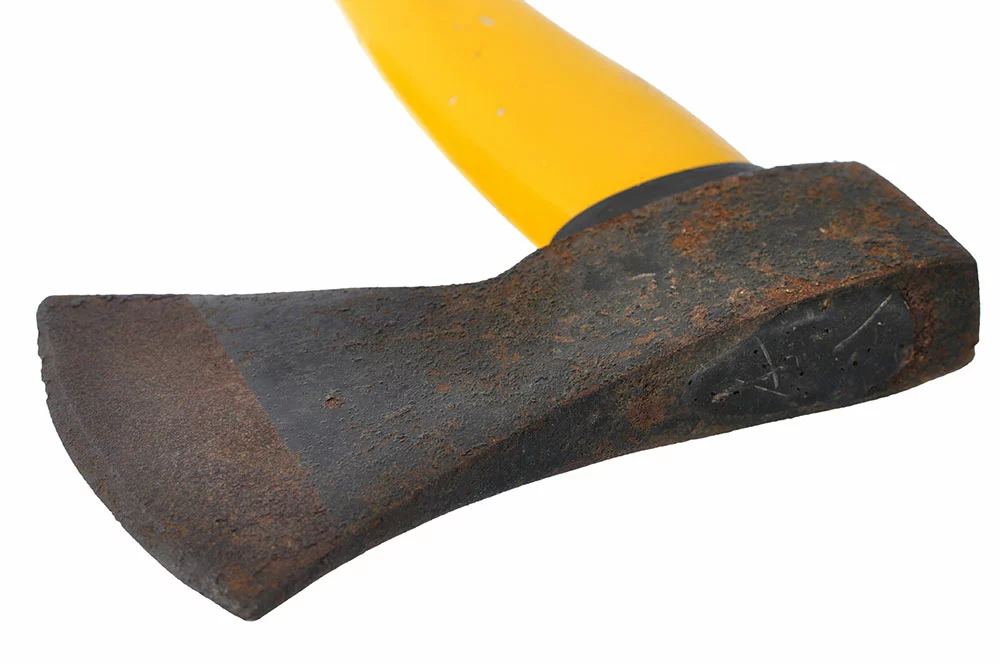
Fig 2: An ax head
It is the V-shaped end of the ax, usually made of steel, which is useful in cutting. However, in medieval times, the ax head was made of stone. Some of the parts of the head include the following.
Eye
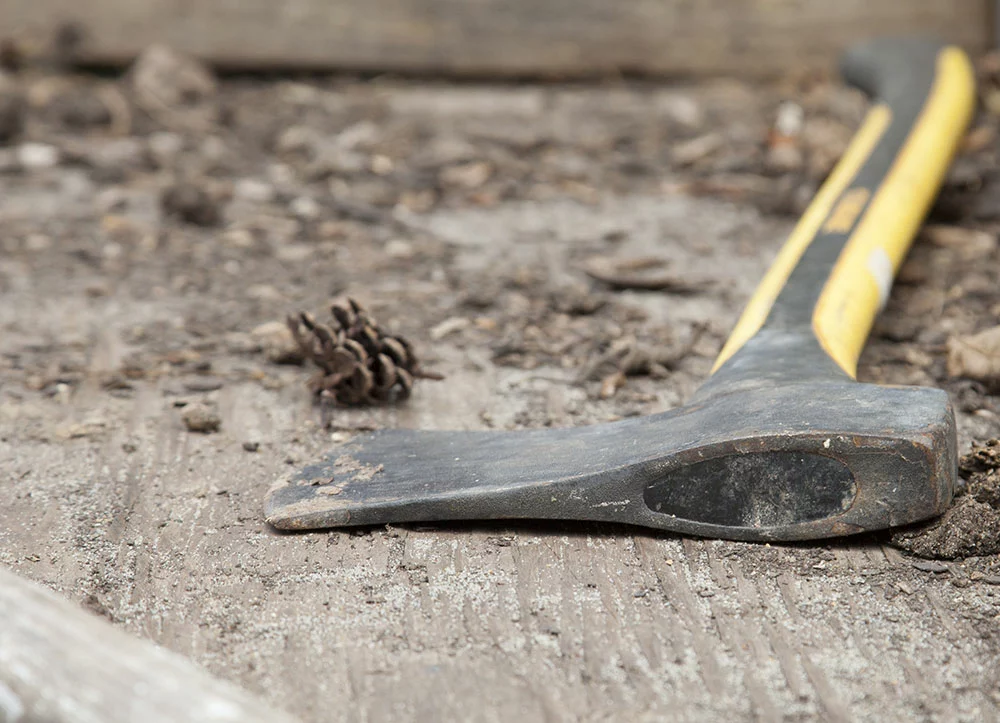
Fig 3: An Ax eye
It’s the point at the center of the axe with a hole. We install the handle of the axe onto the head via the eye. However, while the eye is a critical part of the ax, its not present in all axes. For instance, axes featuring a composite handle have no eye.
Also, in the conventional ax models, the handles feature a wedge at the end to prevent them from coming off.
Bit
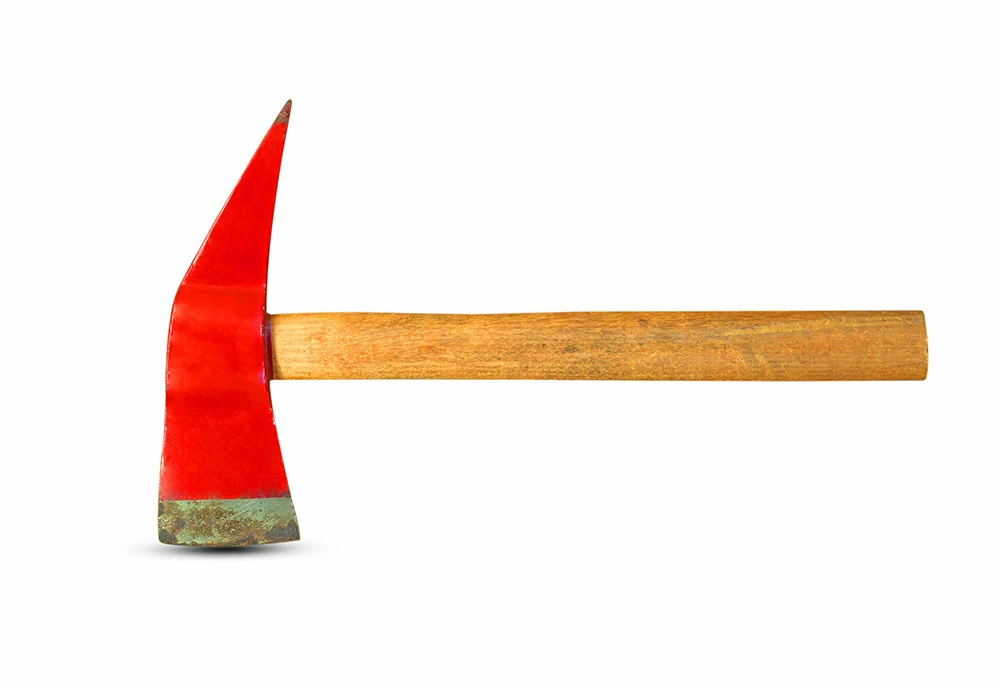
Fig 4: A double-bit axe head
Also called the blade, the bit is the cutting part of the axe. The bit often has more robust steel than other axe parts to facilitate cutting. Notably, we have single-bit and double-bit axes. The former has one cutting edge while the latter has two.
Toe
The topmost part of the ax’s cutting edge is the toe.
Hell
It is the bottommost end of the ax cutting edge.
Beard
Most people will confuse an ax’s beard with the heel. However, the beard is the lower part of the ax’s cutting edge (concave-shaped) that resembles a typical man’s beard.
Cheek
An ax has two cheeks. These are the two faces of the ax on either side.
Poll
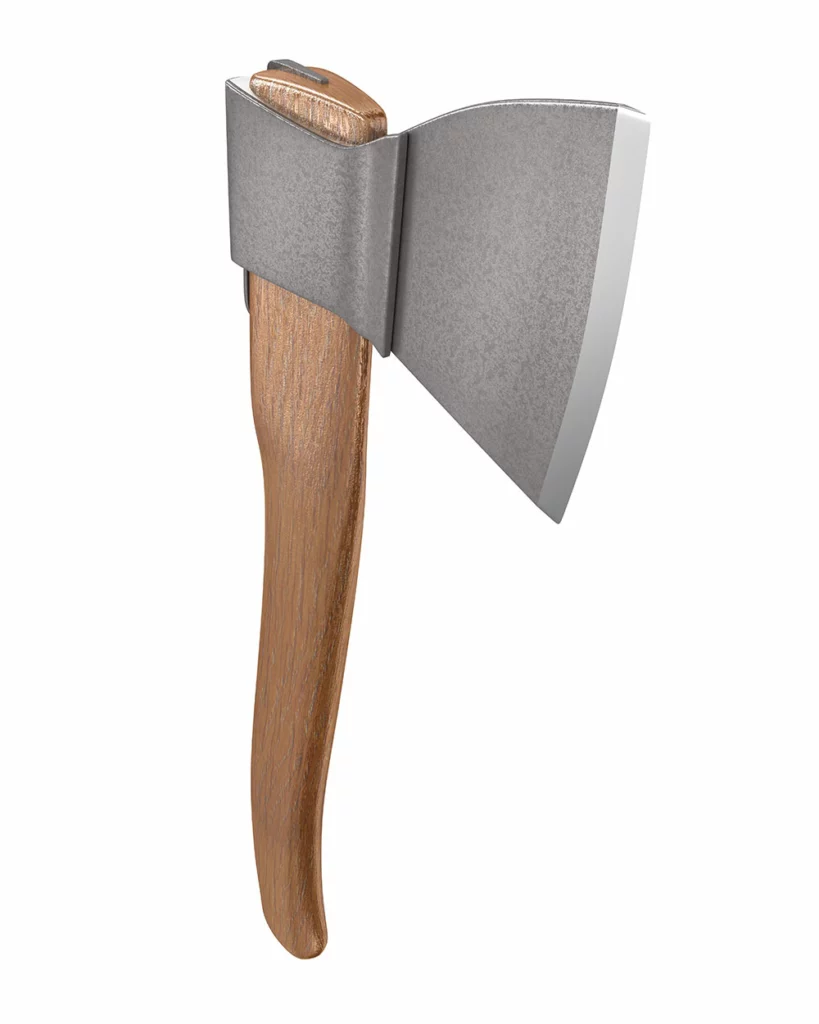
Fig 5: The Rear End of an Axe is the Poll
It is also known as the butt of the ax. As the name suggests, the poll is the back of an axe head present only on a single-bit axe. Often, the poll is useful as a spike or hammer.
Handle or Helve

Fig 5: Holding an axe handle
We can use various wood types to make an axe handle. However, the American Hickory was conventionally the primary wood used in making the handle. But today, we have handles of various kinds of wood and even steel.
Parts of the handle are as follows.
Shoulder
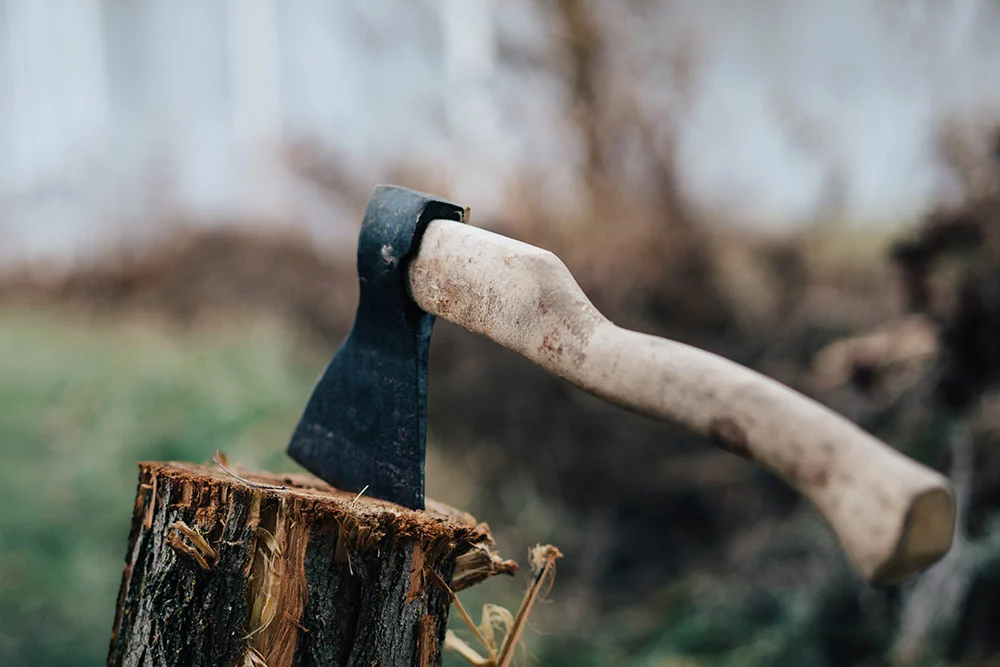
Fig 6: The rear part of the axe is the shoulder
It’s the part located just after the ax’s head (convex) and is often curved.
Belly
Again as the name suggests, this is the front part (concave) of the ax’s helve.
Throat
An ax’s throat is the part near the rear end of the handle that gives grips when handling the axe. Some axes have a curved throat, while in others, it is straight.
Grip

Fig 7: The axe part we hold is the grip
It’s an extension of the throat and covers the entire area where you hold the axe with two hands.
Knob
Lastly, we have the handle part that flares out on the rear end of the axe. The extension ensures that your handles don’t slip off while using the axe.
Conclusion
Anx is a simple tool that can be powerful if you use it appropriately. Above is a clear exposition of its essential parts. Hopefully, we’ve enlightened you on an axe’s main parts. For more insights, reach out to us.
